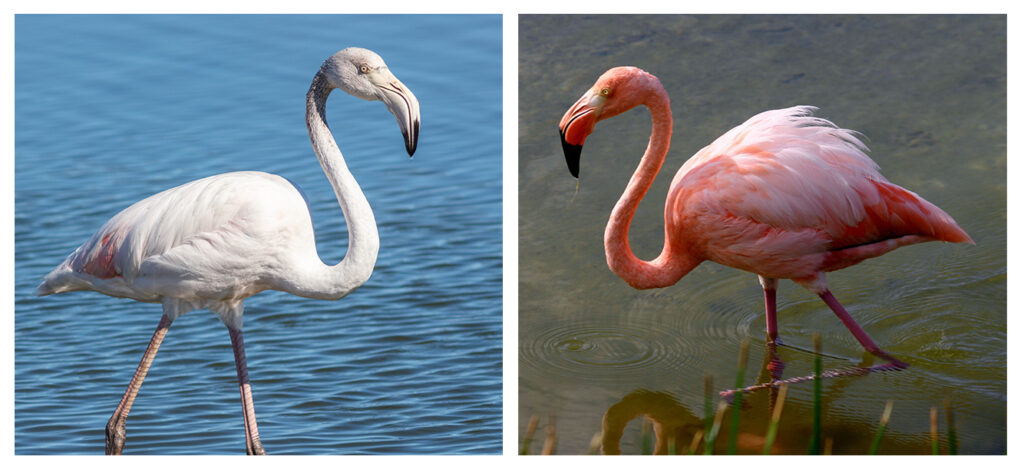An organism’s genotype is the set of genes that it carries. An organism’s phenotype is all of its observable characteristics — which are influenced both by its genotype and by the environment. So in defining evolution, we are really concerned with changes in the genotypes that make up a population from generation to generation. However, since an organism’s genotype generally affects its phenotype, the phenotypes that make up the population are also likely to change.
For example, differences in the genotypes can produce different phenotypes. In these house cats, the genes for ear form are different, causing one of these cats to have normal ears and the other to have curled ears.

A change in the environment also can affect the phenotype. Although we often think of flamingos as being pink, pinkness is not encoded into their genotype. The food they eat makes their phenotype white or pink.

Learn more about genotype and phenotype in context:
